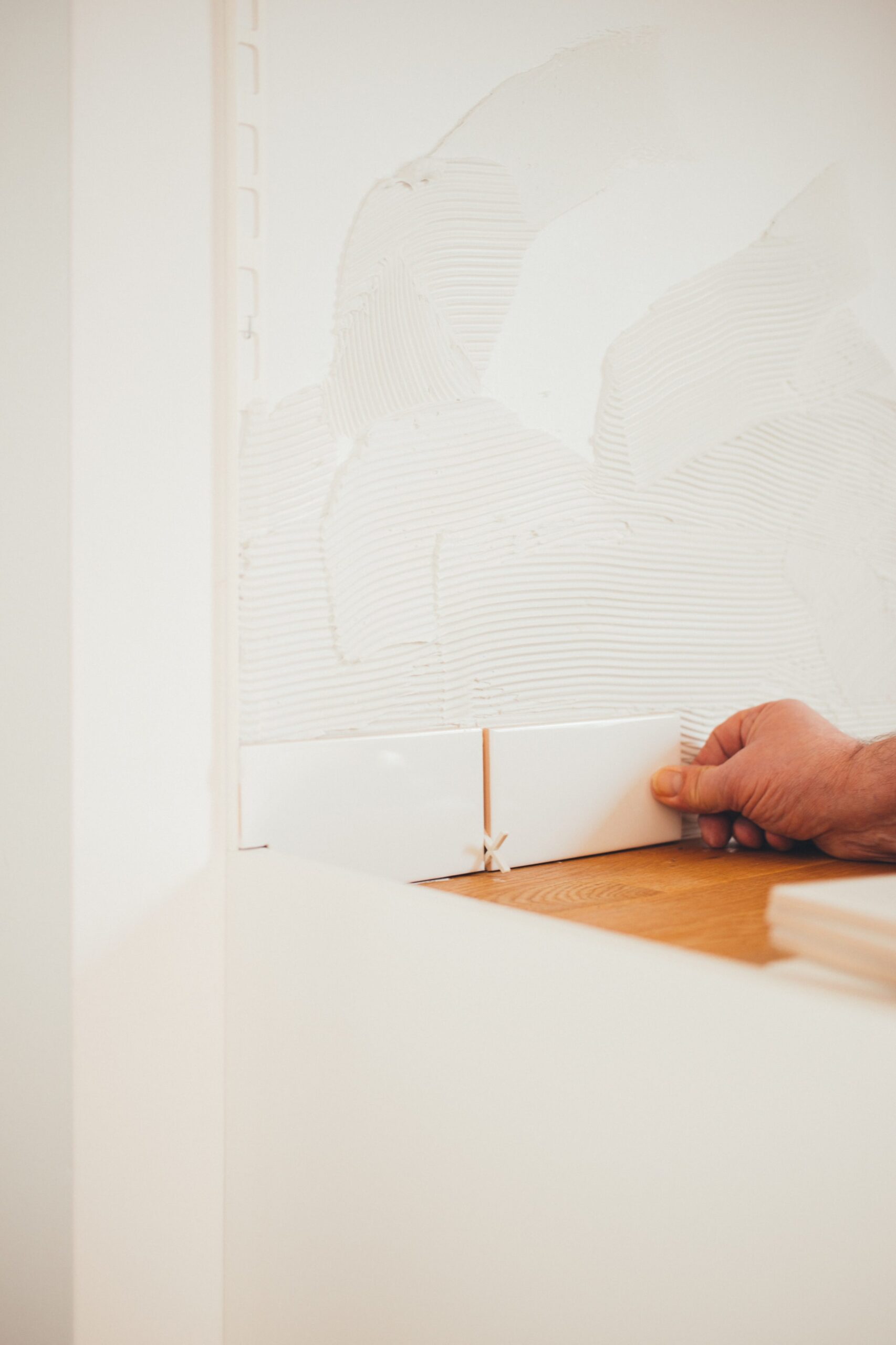For the odd repair, calling out a tiler can feel like overkill. If you’re confident that you can handle kitchen and bathroom plastering and tiling for yourself, you may as well replace any dodgy tiles independently. You’ll never have the experience or the prowess of a professional tiler, but with these 5 DIY tiling tips and tricks, you’ll be better equipped to avoid all the biggest headaches that come with handling your own work.
At Kiasu Workforce, we’ve got advice for every single stage of your tiling process. So whether you’re mixing up your grout or you’re adding your final touches and refining the finish, here are 5 DIY tiling tips and tricks to make your life easier.
1. Buy More Tiles
Ideally, it would be best if you aimed for ten percent more tiles than you’ve calculated that you need. Any inexperienced tiler may buy a couple of extra tiles with the possibility of mistakes in mind, but sticking to the ten percent rule is a top tip. If you’ve miscalculated how many tiles you needed initially, which is easily done as a novice, your extra tiles cover your back! You can’t always rely on the opportunity of going back and buying more tiles if the need arises because new tiles can be from a different batch with a slight colour difference. Mismatched tiles aren’t attractive!
2. Patience Pays Off
A general rule of thumb for successful DIY and property maintenance is that you’ll see more success when you take your time. The same goes for your tiling; it’s more likely to be successful if you’re patient. When you’re mixing your grout or any tile adhesive, let it stand for ten minutes once you’re done stirring, and all dry chunks will have had time to absorb water before you begin. Equally, if you don’t allow your mortar to set before you grout your tile, it can crack and crumble, meaning that your work can come loose. There’s nothing less amusing than spending hours fitting your tiles to perfection, only for them to slip away.
3. Focus On A Flat Foundation
Any tiling work needs to be completed on a flat foundation, or you’ll have to confront lippage – a gap where tiles protrude over their neighbours. Protruding tiles are more likely to become loose, and they ruin the uniform of your tiling pattern. If your floor or your wall has gaps that you suppose will be detrimental to the finish of your tiling, you ought to plaster or screed over the surface for the flattest foundation to begin work. The less complex your base is, the higher quality your finished work will appear since you won’t need buckets of skill in working around problems to finish the job!
4. Start In The Middle
You may be wondering in what universe you’d ever start your work right in the centre, over moving in from a corner or an edge. With wall and floor tiling, starting from the centre is the most sensible move! Our top tip with wall tiling is to start tiling your grid in the centre of the wall since it’s easier to guarantee your pattern stays symmetrical. While it’s natural to want to follow the traditional route and begin in the corner, that approach is likely to leave you with wonkiness and an imperfect finish by the time your tiles have set. A centre-focused system, even for your floor, also means any half-tiles you may need can go at the end of each row, and they’re going to be of matching size.
5. Get Help When Necessary
This last point may seem counterproductive in a list of tiling DIY tips and tricks, but sometimes the most sensible thing you can do is seek professional help. Know your limits, and contact local tradespeople when you aren’t confident you can finish a job for yourself. Hiring a property maintenance business such as ours at Kiasu Workforce works out cheaper than you ruining and trying to repair a poor DIY job.

